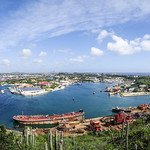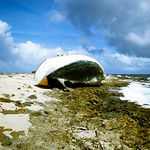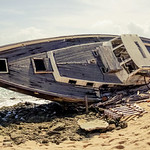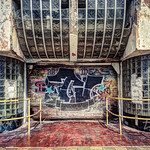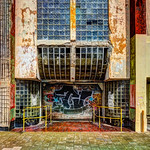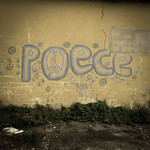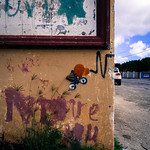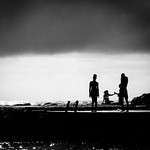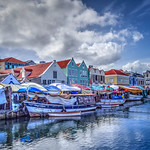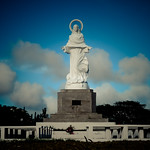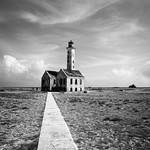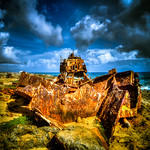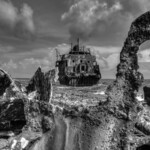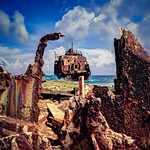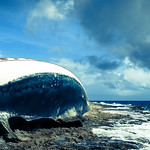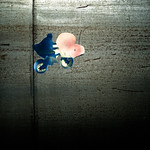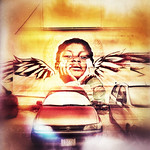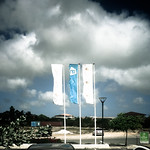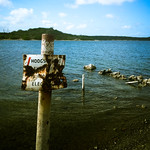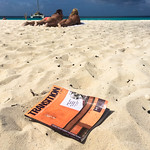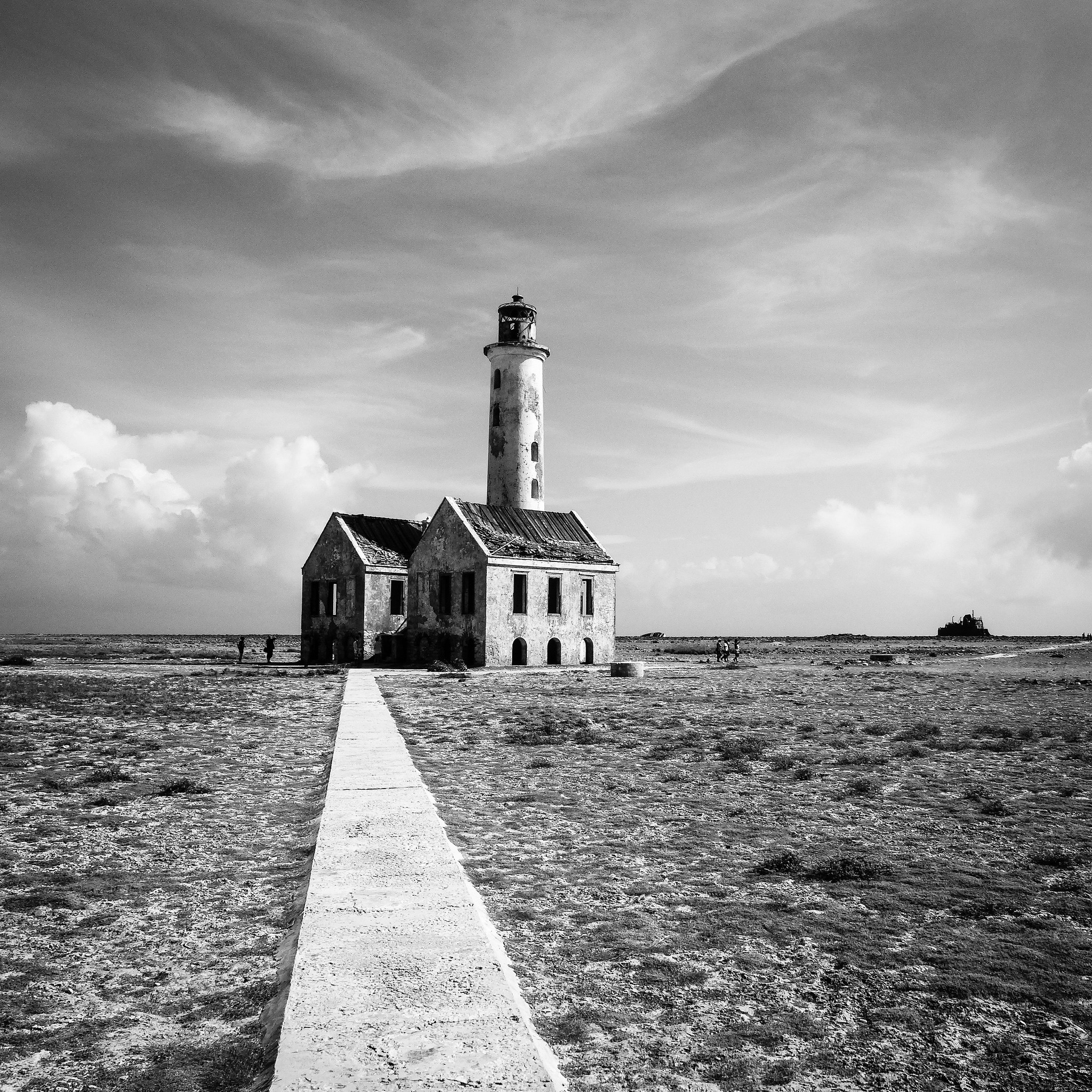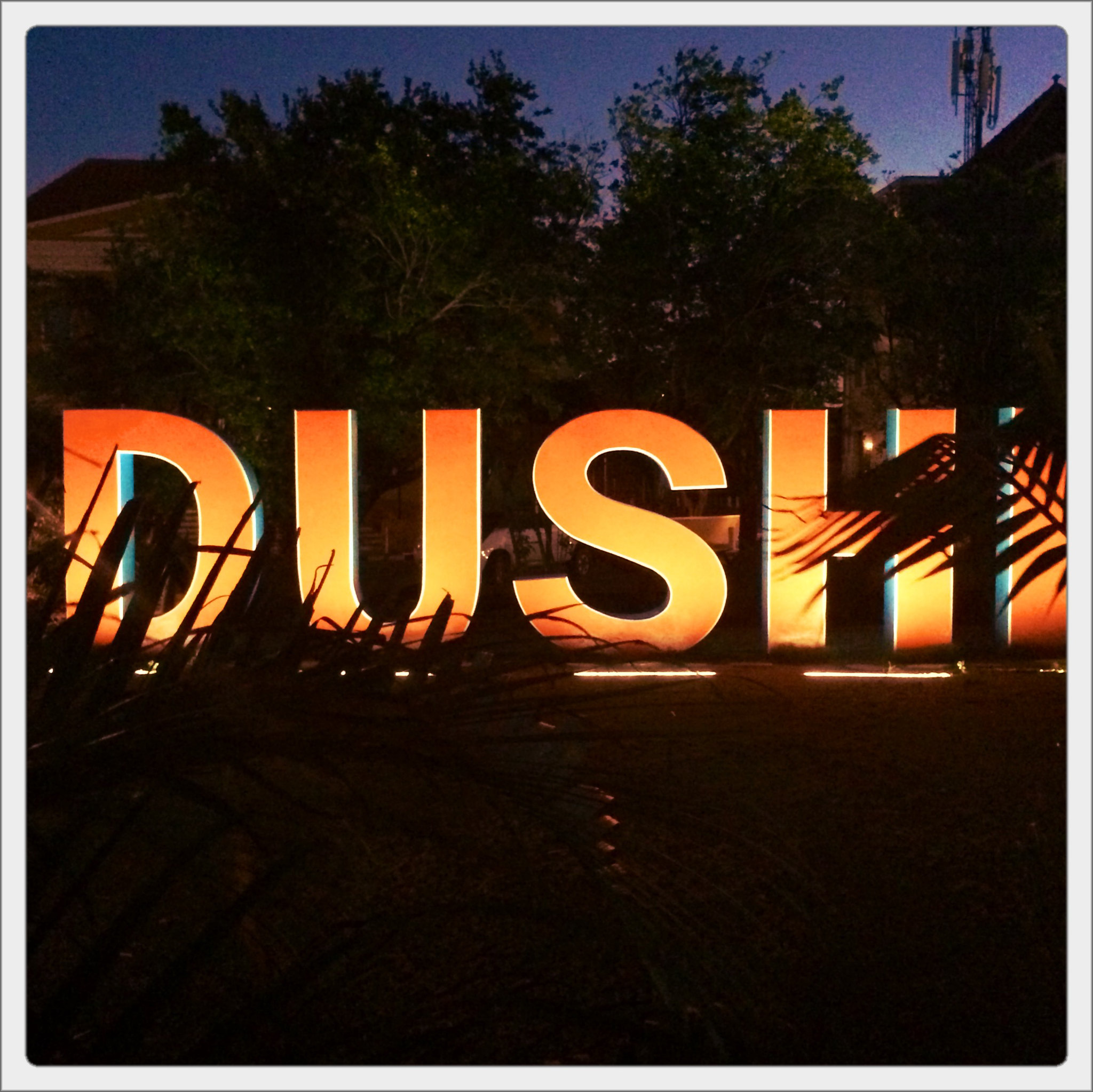Taking it easy on Curacao
Mostly independent within The kingdom of The Netherlands, Curaçao is small, with only some 130000 inhabitants. Over 600000 visit yearly by cruise, making it the most popular cruise destination in the Caribbean, with an additional 2 million coming in by plane.
After its discovery in 1499, ownership switched multiple times between the Dutch, Spanish and English, before finally reverting to the Dutch after the Napoleonic wars of the early 19th century.
Lacking gold, the island didn't demand much attention at first. Plantations brought in some money, but the first profitable industry on the island was actually salt mining. Then, oil was discovered, and now the inlet, with access through a natural channel splitting up the capital, is home to an island-dominating refinery which is currently being run by the Venezuelan state oil company. At night, when driving around the inlet, as I had to do to get to where I was staying, there would be an occasional Blade Runner-esque feeling to my nightly trips.
The refinery needs work, though. The island is the second largest producer of carbon monoxide per capita.
The official language of administration is Dutch, but English and the local Portuguese creole, Papiamento, are both also official. With the large influx of American tourists, English is widely understood.
The centre of Willemstad architecturally feels a bit like small town Holland in the Caribbean, undoubtedly why the island is popular with Dutch tourists.
A pontoon bridge connects the two sides of the town. The bridge can be opened, allowing traffic for the refinery to come and go, by disconnecting one end and, in a wide arc, putting the bridge aside.
Though public transport travels most of the island, outside the main routes connections are very infrequent. Most of the beaches are only accessible if you've got your own car. Bikes are difficult to rent and very expensive, coming close to the cost of renting a car.
But, the island is also moving with the times. Soon, Curaçao will be host to a spaceport, sending one tourist at a time to above 100km above the surface of the earth to experience a four minute free fall.
Meanwhile, connections to the region are bad. Aruba, Bonaire and the Venezuelan coast are all under 100km away, yet, all can only be reached by plane. Perhaps, with the newly opened ferry from Colombia to Panama, there's hope. But, I wouldn't bet on it.
One day, I climbed the highest hill on the island, also the third highest hill in the Kingdom of the Netherlands Netherlands. Inside an overpriced reserve, I arrived late, finding no one at the boom.
On the way up, I past a German couple that never made it to the top, me being the last to reach the summit for the day. Then, leaving, as I reached the exit gate, I was just overtaken by a patrol car who, with me just having overtaken the patrol car again, closed the gate and the park for the day. What if I had only been five minutes later?
